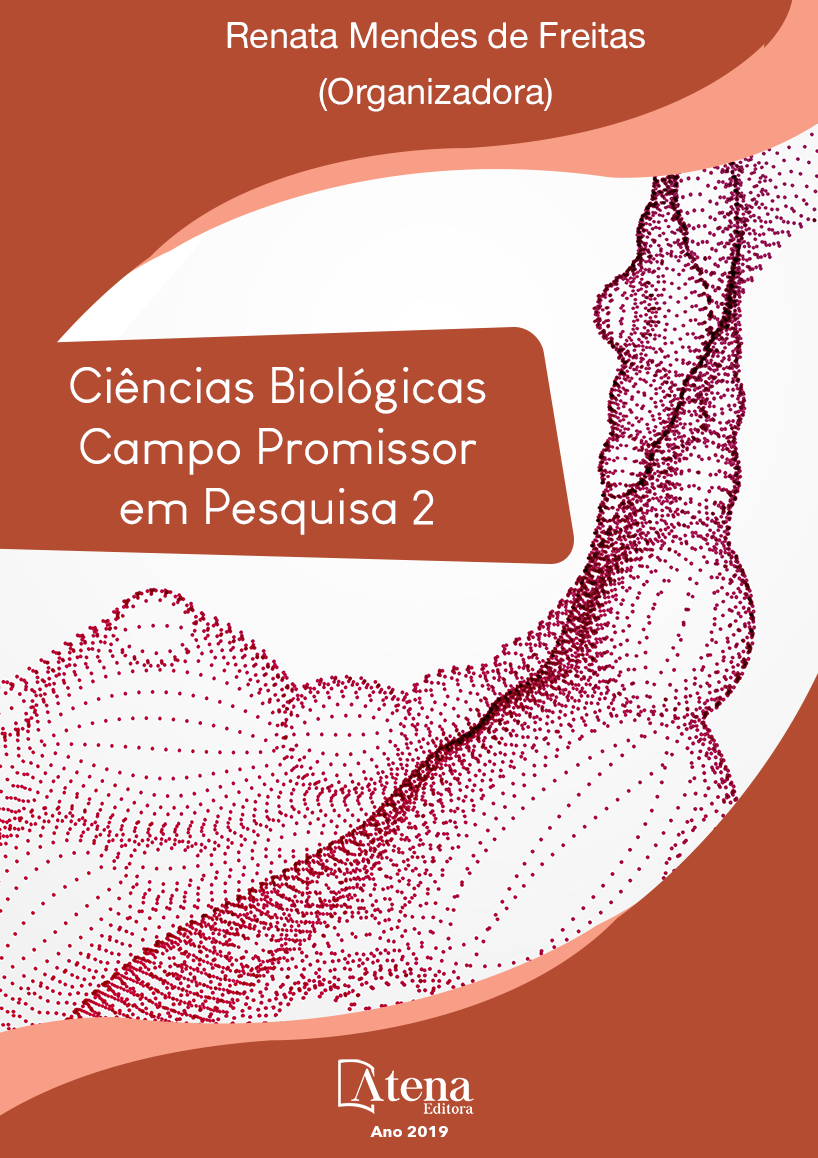
INFLUÊNCIA DE FATORES OCEANOGRÁFICOS SOB AS COMUNIDADES DE AVES MARINHAS DA REGIÃO DE VITÓRIA-TRINDADE, BANCO DE ABROLHOS E RESSURGÊNCIA CABO FRIO
A distribuição e abundância de aves
marinhas são influenciadas por processos
oceânicos bióticos e abióticos, porém estes
últimos são pouco estudados em grandes
escalas, assim avaliou-se a existência de
diferenças nas variáveis abióticas e como tais
influenciam as aves marinhas. As contagens de
aves foram feitas em Vitória-Trindade, Banco
de Abrolhos e Ressurgência Cabo Frio, entre
julho e agosto de 2007, juntamente com as
variáveis abióticas. Cada amostragem ocorreu
durante 10 minutos de cada hora, do amanhecer
ao entardecer. Os dados foram analisados
por análise de discriminante para checar as
condições ambientais entre as áreas de estudo,
teste Lambda de Wilks para testar a significância
estatística da diferença dos escores obtidos
entre os agrupamentos. Análise nMDS para
visualizar padrões nas comunidades e entre
as áreas. A hipótese de diferenças espaciais
da estrutura das comunidades foi testada por
análise PERMANOVA. Ocorreram variações
ambientais em função das áreas amostradas, e
em relação às condições ambientais, as áreas
tiveram diferenças entre si, sendo que Vitória-
Trindade apresentou maior heterogeneidade.
As comunidades de aves marinhas de cada área
foram diferentes, Abrolhos apresentou elevada
similaridade na composição da comunidade
devido às espécies Thalasseus acuflavidus,
Sterna hirundinacea, Sula leucogaster e Fregata
magnificens, Cabo Frio teve maior abundância
de Thalassarche melanophris, e Vitória-
Trindade apresentou espécies de ambas as
áreas. Em contrapartida, nas áreas oceânicas
predominaram aves pelágicas, grande parte
sendo migrantes setentrionais e meridionais. De
modo geral, os dados obtidos eram esperados
em termos de composição e abundância, com
espécies tropicais e migratórias.
INFLUÊNCIA DE FATORES OCEANOGRÁFICOS SOB AS COMUNIDADES DE AVES MARINHAS DA REGIÃO DE VITÓRIA-TRINDADE, BANCO DE ABROLHOS E RESSURGÊNCIA CABO FRIO
-
DOI: 10.22533/at.ed.82619131121
-
Palavras-chave: Distribuição; Abundância; Aves marinhas; Processos Oceânicos
-
Keywords: Distribution; Abundance; Sea birds, Ocean Processes
-
Abstract:
The distribution and abundance of sea birds are influenced by biotic
and abiotic ocean processes. However, the abiotic processes are little studied on a
large scale; thus, this study evaluated the existence of differences among the abiotic
variables and how they influence the sea birds. The bird counts were conducted on
Vitoria-Trindade, Abrolhos Bank and Cabo Frio’s upwelling, between July and August
2007, together with the abiotic variables. The samplings occurred along 10 minutes of
each hour, between dawn and dusk. The data were analyzed by Discriminant Analysis
to check the environmental conditions among the study areas, Wilk’ Lambda to test the
statistical significance of the differences in scores obtained among the groups. nMDS
analysis to visualize patterns in the communities and between the areas. The hypothesis
of the special differences on the communities’ structure was tested by PERMANOVA.
There was environmental variation in function the areas sampled, in terms of the
environmental conditions the areas presented differences between each other, Vitoria-
Trindade had the greater heterogeneity. The bird communities from each area were
different, Abrolhos presented high similarity to the community composition due to the
species Thalasseus acuflavidus, Sterna hirundinacea, Sula leucogaster and Fregata
magnificens, Cabo Frio had the highest abundance of Thalassarche melanophris, and
Vitoria-Trindade presented species from both areas. In contrast, on ocean areas pelagic
species predominated, most of them were northern and southern migrants. Generally,
the results were in line with the expectations in terms of composition and abundance,
with tropical and migratory species.
-
Número de páginas: 15
- Edison Barbieri
- Larissa Yoshida Roselli
- Jorge Luiz Rodrigues Filho


